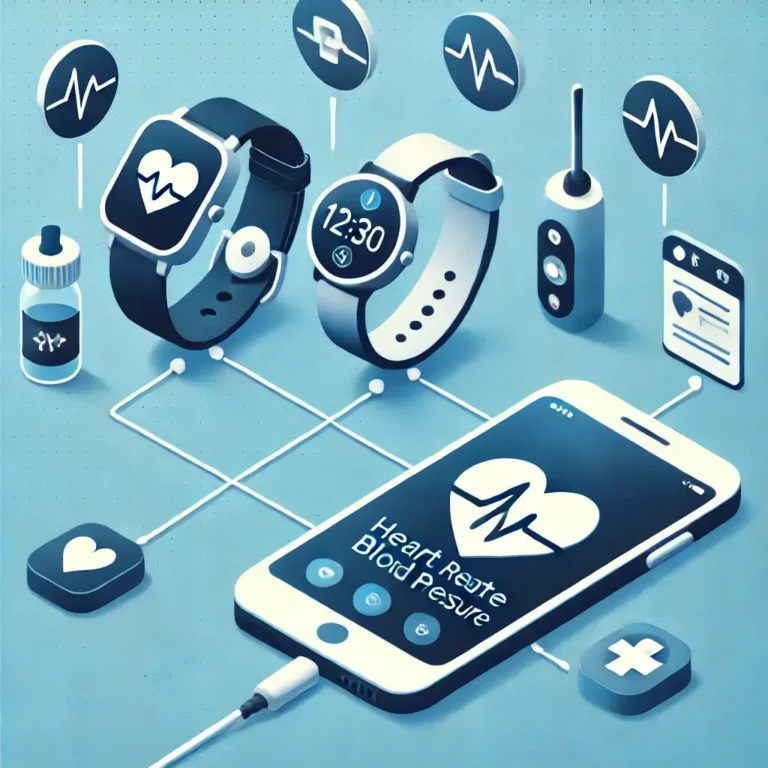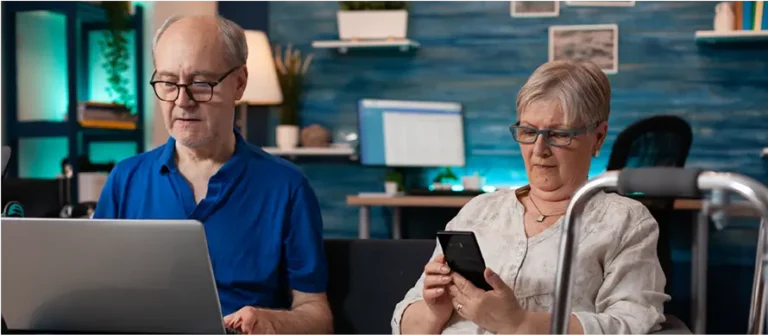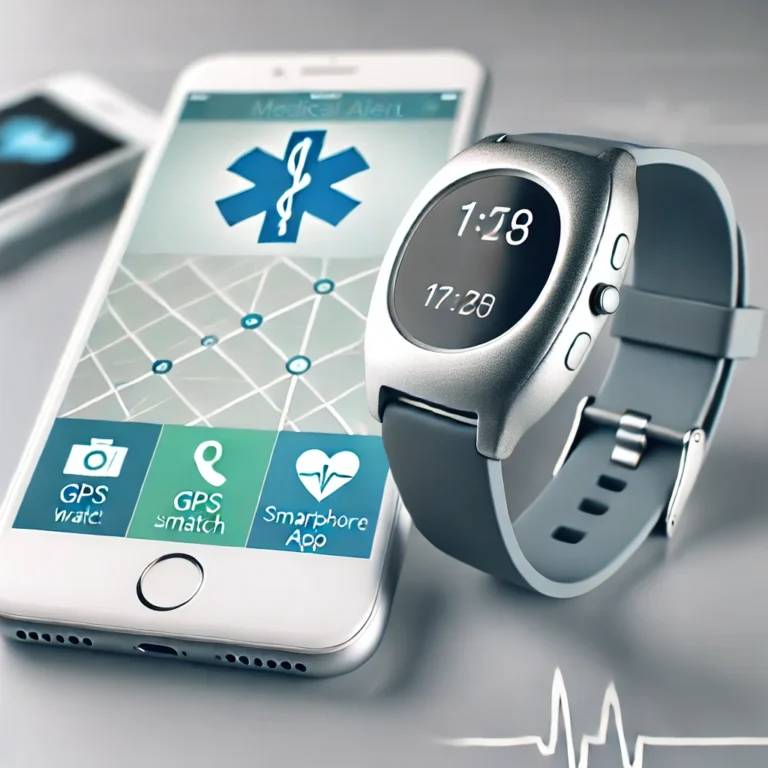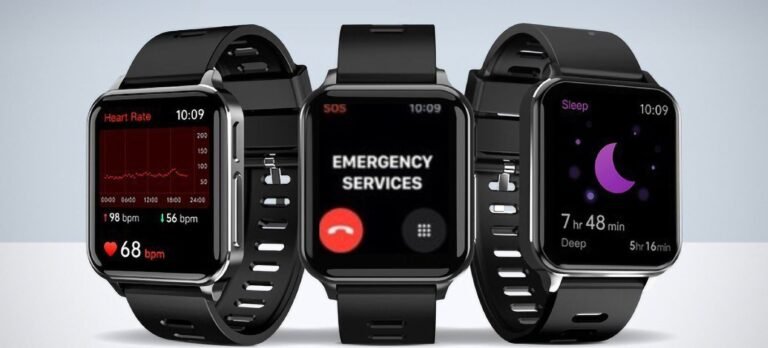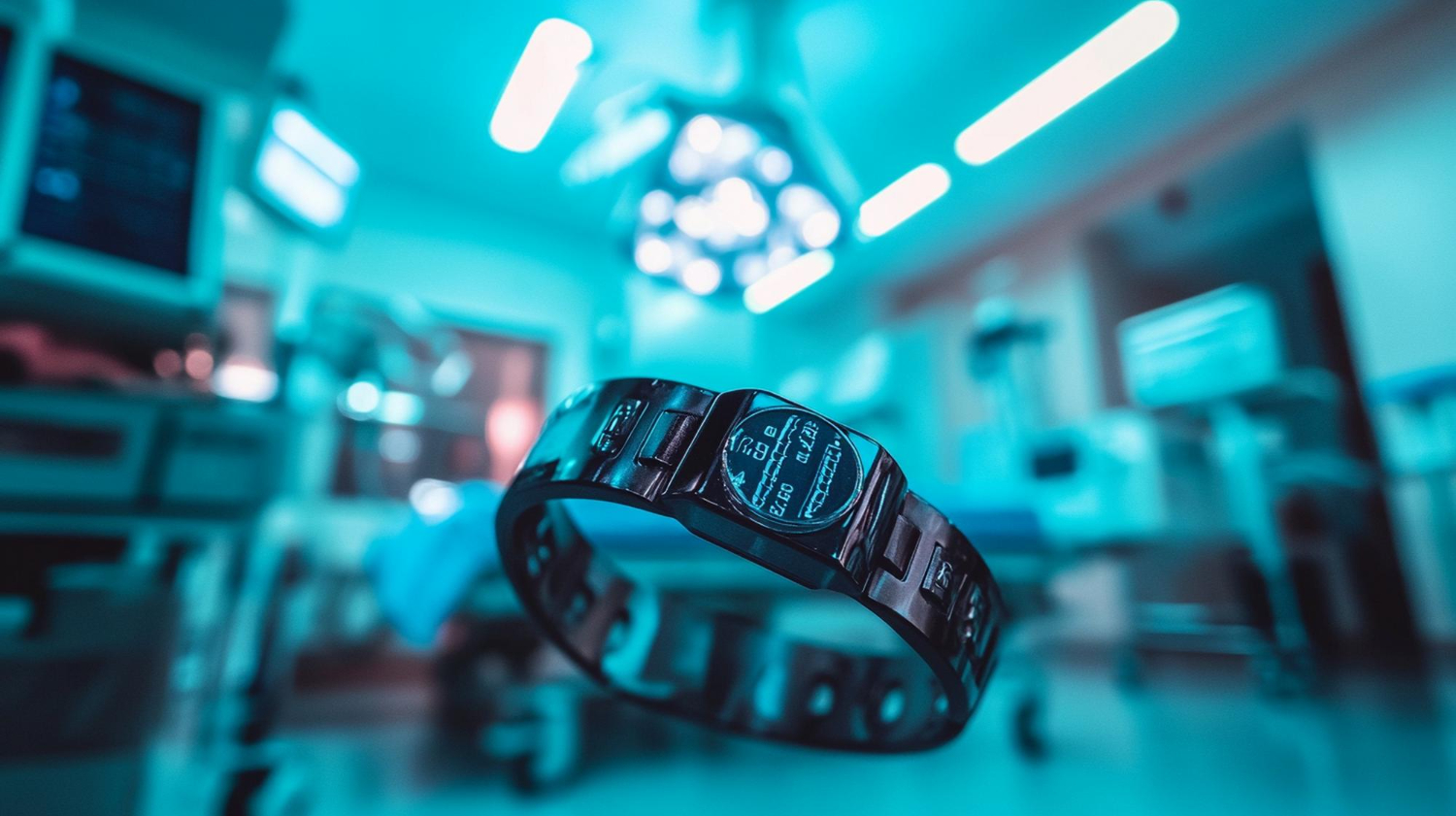
Medical alerts are more than just devices—they’re lifelines that ensure quick help during emergencies. For seniors, especially those at higher risk, these emergency response system can make the critical difference between timely intervention and complications.
Recent advances have made these systems smarter, integrating predictive analytics to anticipate emergencies before they happen. A study on PubMed highlights how predictive modeling using personal ER systems improves care by identifying potential risks early.
This article dives into how medical alerts enhance emergency responding and transform health outcomes for seniors and caregivers.
How Emergency Response Systems Work
Medical alerts, commonly known as Personal Emergency Response Systems (PERS), are designed to provide immediate assistance in critical moments. These devices bridge the gap between individuals in need and the emergency responders who can help them, often with just the press of a button.
Technology Overview
PERS devices are equipped with a combination of wearable sensors, GPS tracking, and communication modules. These features allow users to alert emergency services or caregivers instantly in case of falls, sudden illness, or other crises. Some systems even include voice activation, ensuring help is accessible even if the user is unable to reach their device physically.
Real-Time Monitoring and Alerts
Modern medical alerts go beyond basic call-for-help functions. They now integrate real-time monitoring, tracking vital signs or unusual activity patterns. For example:
- Devices can detect falls automatically using accelerometers and send alerts without requiring user input.
- GPS-enabled medical alert systems track a user’s location, making it easier for responders to locate them during outdoor emergencies.
- Advanced models use machine learning to monitor health trends, offering early warnings for potential complications based on subtle changes in activity or biometrics.
Insights from the Study
A pivotal study, “Predictive Modeling of 30-Day Emergency Hospital Transport of Patients Using a Personal Emergency Response System“, sheds light on how med alerts go beyond emergency calls to actively improve healthcare outcomes.
Key Findings
The study analyzed data from PERS to identify patterns in 30-day hospital transport rates. It demonstrated that these systems, when integrated with predictive modeling, could effectively forecast emergency hospitalizations and significantly improve senior safety. By analyzing trends such as fall frequency, activity levels, and user alerts, the systems provided early warnings of deteriorating health.
Impact on Reducing Hospital Readmissions
One of the most significant takeaways was the role of predictive insights in reducing hospital readmissions. By identifying high-risk patients early and alerting caregivers or healthcare providers, PERS systems facilitated timely interventions. This not only improved patient outcomes but also reduced the strain on emergency medical services and healthcare facilities.
The study emphasizes how leveraging these insights can transform emergency response system into proactive tools, empowering caregivers and seniors to address health issues before they escalate into emergencies.
Practical Applications for Seniors
Benefits for Older Adults Living Alone
Independence is a cornerstone of dignity for many older adults, but it often comes with the risk of being alone during emergencies. Medical alerts bridge this gap, offering seniors a reliable safety net. Equipped with advanced features like fall detection, these systems ensure immediate help even if the individual is unable to call for it. For instance, a fall detector can automatically trigger an alert to emergency response, cutting down response times when every second matters.
GPS tracking adds another layer of security, especially for seniors who are active or prone to wandering. This feature allows caregivers and responders to locate them quickly, whether they are at home or outside. Additionally, real-time communication capabilities provide instant access to trained professionals who can assess the situation and offer guidance or dispatch help. The immediacy of this support can be a game-changer in high-stress moments.
Modern systems go beyond emergencies, integrating medical alert systems to track subtle changes in daily activity or biometrics. For example, a noticeable decrease in mobility or irregularities in health metrics might trigger a notification, prompting timely medical intervention. This proactive approach helps seniors maintain their independence while staying safer and healthier in their own homes.
Cost-Effectiveness and Senior Safety
For caregivers, the dual responsibility of protecting their loved ones and managing their own lives can be overwhelming. Med alerts ease this burden by serving as a constant companion for their loved ones. Unlike in-home care or assisted living arrangements, these systems are far more cost-effective for senior safety. Subscription fees are typically manageable, making them an accessible solution for families seeking dependable care without straining their budgets.
Most importantly, these systems offer caregivers peace of mind. Knowing their loved ones have 24/7 access to emergency assistance allows caregivers to focus on their work, family, or other commitments without constant anxiety. This assurance fosters a sense of balance and reduces the emotional toll caregiving often takes.
By combining affordability, reliability, and advanced features, emergency response system transform the way seniors and their caregivers approach safety. They empower individuals to live independently while offering families the confidence that their loved ones are never truly alone.
Conclusion
Med alerts have evolved into essential tools for enhancing emergency care and improving health outcomes, especially for seniors and caregivers. By combining real-time monitoring, predictive analytics, and immediate response capabilities, these devices empower users to live independently while ensuring help is always within reach.
The study on Predictive Modeling of 30-Day Emergency Hospital Transport underscores how these systems can proactively prevent hospital readmissions and support better health management. The evidence is clear: medical alert systems are not just for emergencies; they are investments in safety, independence, and peace of mind.
Ready to discover the right system for your needs? Explore our range of trusted medical alert devices designed to keep seniors safe and caregivers worry-free.


